How to Use the Buying Cycle to Improve Automated Campaign Results
Not every customer is ready to take action the moment he or she stumbles upon your content or website. There’s usually a process, called the buying cycle, that people follow as they become ready to purchase something. Although some systems reduce the concept to just three stages, and others increase it to seven, we’re going to examine the most-common buying cycle, which contains five stages of purchasing readiness. At each stage in the sequence, there are certain things you can do as a small-business owner to harness the power of the cycle, and carry your customer to the next level. When you utilize automation tools (like Constant Contact or Customer.io for emails, SocialOomph or Buffer for social media) to do this, your customers flow into the sales funnel with minimal effort, though you do have to take care to choose your methods wisely from the start.
Stage 1: Awareness
During the awareness stage, your buyer becomes mindful of his or her need, and realizes that your company has a product or service that can fulfill the need.
Goal: Your job during this stage is to attract an audience, explain the problem, and show them how your product or service helps.
Plan: In order to reach your goal, you must create content that’s both, optimized and memorable.
- Landing Pages
Use search engine optimized landing pages to generate awareness and generate organic hits about a specific product or service.
- Online Forms
Give people an incentive, like newsletters, tip sheets, or coupons, to provide you with their information so you can follow up with them later.
- Social Media
Engage your audience by being active and sharing useful content on social media.
- PPC Ads
Use banner ads, paid search engine placement, and PPC ads to raise awareness for your brand, and to direct people to your specialized landing page.
See it in Action: You can see iStock’s message with a memorable image in this PPC ad. Note the phrase, “images you actually want.” They literally tell you that you want their product.
Stage 2: Research
Once people are aware of your product, and you’ve captivated them with your awesome content, you have to provide them with research materials so that they can investigate further. Sometimes, you can present this information right with the awareness content, but people aren’t always ready to know more right away.
Goal: Give people solutions to their problem.
Plan: Showcase your solution, and gently nudge people towards it. Again, you can use automation tools to make sure the right message is reaching your consumer at the optimal time.
- Landing Pages
Include a form on your landing page, and invite visitors to sign up to receive access to a whitepaper or ebook.
- Emails
Send leads an invitation to view reference materials online.
- Blogs
It’s not a bad idea to create a blog that highlights a new product’s features when you launch it, but be wary of producing too many sales-related posts
- Social Media
Use an automation tool to reach your audience at just the right time, so they’ll head over to your blog or landing page to learn more.
See it in Action: Check out how Apple nails the research phase by including a film, keynote, and ad, right on the iPhone 6s landing page.
Stage 3: Comparison
During the comparison phase, your consumer will be comparing the features, quality, and price of your offering to others.
Goal: Wipe out the competition.
Plan: Show people why your product or service has more value or better features.
- Landing Pages
Your initial landing page can still be beneficial in this stage. Consider including calculators, estimates, or sign-ups for free trials and samples on it. Comparison videos can also work, as long as you keep them brief.
- Emails
Consider sending an automated email message out a few days after an individual has viewed a whitepaper or other reference material. This is a great time to highlight your product’s benefits and offer comparison prices if you’re item is value-oriented.
- PPC Ads
Remarketing is highly beneficial at this point. Also known as retargeting, it involves using cookies to mark someone when they’ve visited your site. You can then choose to target those people with a specific ad campaign. Because they already know you, they’re more-likely to click your ad. It’s low-cost, effective advertising, and it enables you to extend your reach. The prior ad from iStock was a remarketing ad served on Facebook, and iStock pointed out that they have exclusive photos, because they believed the person viewing it was sizing up different stock photo services.
- Social Media
Your automated social media campaign can include simple comparisons as well. Videos, images, and infographics tend to get more shares.
See it in Action: Samsung does a snicker-worthy comparison in their latest Galaxy commercial. It’s easy to see that the iPhone doesn’t compare at all when it comes to wireless charging capabilities. Samsung shared the video on their Facebook page.
Stage 4: Purchase
At long last, your customer sees the value in your product, and is almost ready to take action.
Goal: Seal the deal.
Plan: Give your customer the push he needs to buy or order your product.
- Emails
Schedule emails to arrive at the right time to encourage a purchase, perhaps a few days after some action has been taken on your website. Include coupons or discounts to incentivize the buy.
- PPC Ads
Remarketing continues to be a key force when you’re encouraging a purchase, though some people will respond to a PPC if they’ve been primed through other sources. Highlighting a price or a discount works well here.
- Social Media
Discounts and deals on automated campaigns can help close a sale, though training videos on how to use your product may prove beneficial as well. Try to incorporate humor or special hacks of your product if you’re trying to get shares.
See it in Action: Zazzle sent out this email titled “Cheers! 25% Off Coasters & 15% Off Barware,” a clear discount offer designed to lure in a buyer.
Stage 5: Retention
Once you’ve made the sale, your customer’s journey isn’t over yet. Conventional wisdom tells us it’s easier to keep a customer than it is to get a new one, but there’s some effort required regardless.
Goal: Create a loyal customer.
Plan: Offer incentives to continue the relationship, and encourage the buyer to share his experience with others.
- Emails
Schedule regular emails for existing customers. Try to find the sweet spot so that your messages are helpful, and not overwhelming. Loyalty discounts and flash sales work well, though an occasional newsletter is also welcome from time to time. You can also ask customers to rate your product or service on Yelp or another platform.
- Social Media
Keep your customers engaged with great content and activates on social media. Surveys related to your brand or industry can be helpful. Images and videos tend to get shares as well.
See it in Action: Spirit Airlines gave existing customers less than 24 hours to respond to this 99% off discount email.
Keeping up with your customers can seem daunting, but automation tools make it super easy. They also make it possible to target your consumer with specific ads, depending on which stage of the buying process they’re in, which maximizes the effectiveness of your marketing strategy. Give it a try, but as always, be sure to measure your results so you can duplicate the successful campaigns and improve them over time.

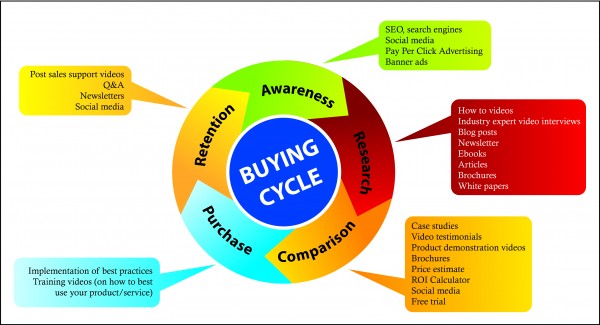
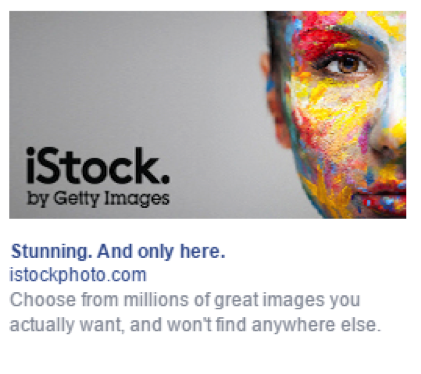
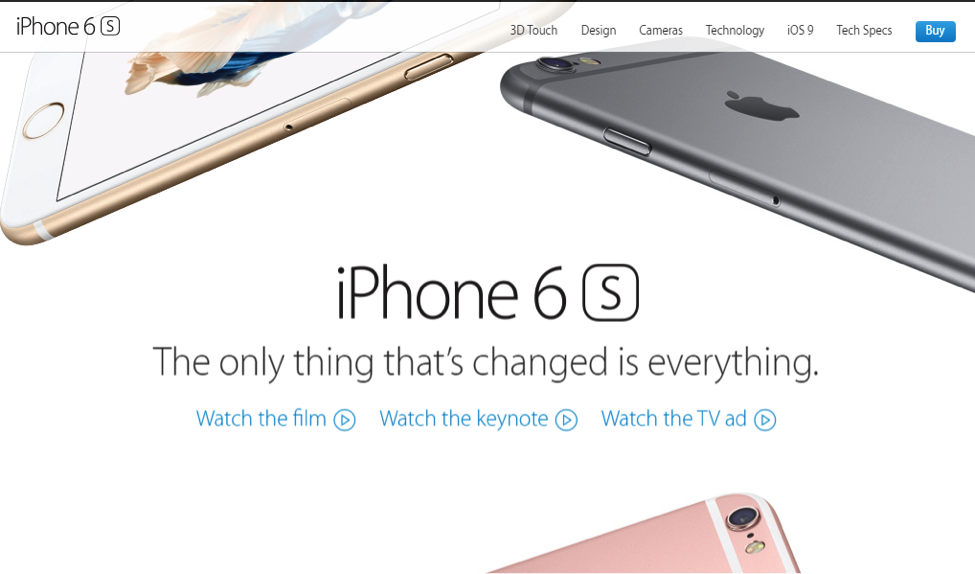
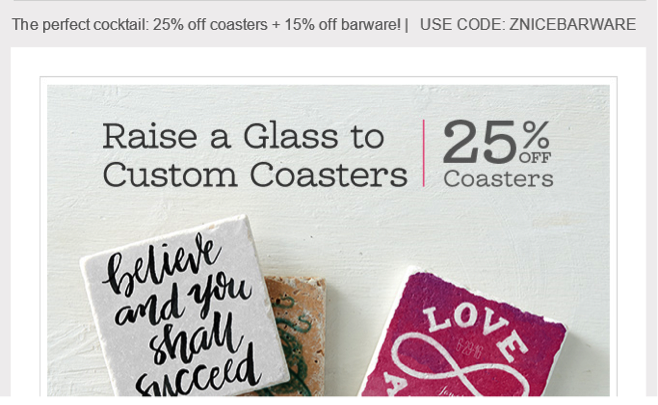
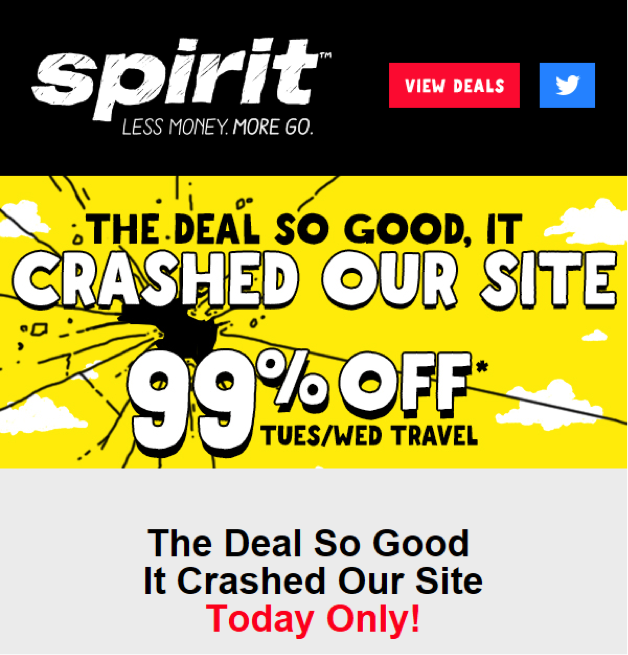


Leave A Comment